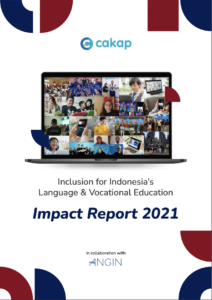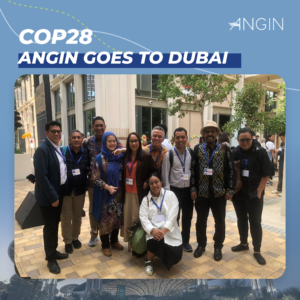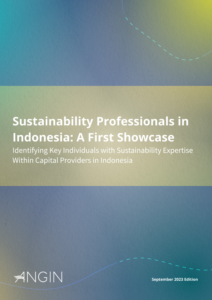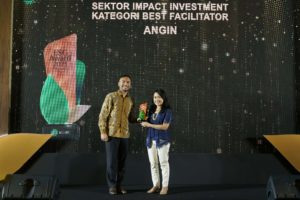[et_pb_section bb_built=”1″ admin_label=”section” transparent_background=”off” allow_player_pause=”off” inner_shadow=”off” parallax=”off” parallax_method=”off” padding_mobile=”off” make_fullwidth=”off” use_custom_width=”off” width_unit=”on” make_equal=”off” use_custom_gutter=”off” custom_padding_tablet=”50px|0|50px|0″ custom_padding_last_edited=”on|desktop”][et_pb_row background_position=”top_left” background_repeat=”repeat” background_size=”initial”][et_pb_column type=”4_4″][et_pb_post_title title=”on” meta=”on” author=”on” date=”on” categories=”on” comments=”off” featured_image=”off” featured_placement=”below” parallax_effect=”on” parallax_method=”off” text_orientation=”left” text_color=”dark” text_background=”off” module_bg_color=”rgba(255,255,255,0)” border_style=”solid” _builder_version=”3.0.60″ background_color=”rgba(255,255,255,0)” parallax=”on” /][/et_pb_column][/et_pb_row][et_pb_row admin_label=”row” background_position=”top_left” background_repeat=”repeat” background_size=”initial”][et_pb_column type=”4_4″][et_pb_image show_in_lightbox=”off” url_new_window=”off” use_overlay=”off” sticky=”off” align=”center” force_fullwidth=”off” always_center_on_mobile=”on” use_border_color=”on” border_color=”#f2f2f2″ border_style=”solid” max_width=”1000px” src=”//angin.id/wp-content/uploads/2017/12/Screen-Shot-2017-12-18-at-09.23.39.png” _builder_version=”3.0.75″ animation_style=”slide” animation_duration=”500ms” animation_intensity_slide=”10%” animation_direction=”left” show_bottom_space=”on” /][et_pb_text admin_label=”News Content” background_layout=”light” text_orientation=”justified” border_style=”solid” custom_padding=”20px|20px|20px|20px” background_position=”top_left” background_repeat=”repeat” background_size=”initial” _builder_version=”3.0.75″]
Executive Summary:
The Government of Indonesia and the World Bank Group (WBG) share a vision of an equitable and prosperous Indonesia aligned with the twin goals of eliminating extreme poverty and increasing shared prosperity. This study, carried out by the World Bank’s Finance & Markets Global Practice at the request of the Ministry of National Development Planning, examines how to support women entrepreneurs in Indonesia through the lens of these shared goals. Indonesia, the world’s fourth most populous country and its tenth largest economy, is currently undergoing a period of significant economic transition. The economic tailwinds of the past decade – rapid growth in Indonesia’s key trading partners particularly China, high commodity prices, and significant growth in consumption of an emerging middle class – have now become headwinds.
The Government of Indonesia’s Mid-term Development Plan (RPJMN 2015-2019), reflects its strategy to meet these new economic challenges. The RPJMN highlights the important role of Micro, Small, and Medium Enterprises (MSMEs), citing the need to improve the competitiveness and productivity of MSMEs, which contribute 47% of GDP and 57% of employment in Indonesia. One of the highest return opportunities available in supporting MSMEs in Indonesia comes in the form of support to women-owned enterprises. Women make up an exceptionally large and growing share of the self-employed in Indonesia, and yet they operate smaller and less productive enterprises than men. Serving women entrepreneurs effectively heralds the opportunity to both reduce extreme poverty, by supporting entrepreneurs at the bottom of the pyramid to escape poverty traps, and to increase shared prosperity, by growing the incomes and employment of women-owned enterprises. Of course, support to women entrepreneurs is in itself not a novel idea, and a multitude of initiatives from government, private sector, and civil society have targeted women entrepreneurs in Indonesia in the past. But why, after decades of programming, does there remain a large gap between womenowned and male-owned enterprises? Who exactly are the women entrepreneurs in Indonesia, and what do they need to thrive? Which institutions are best poised to meet their needs and in what ways? These are some of the key questions the present study aims at addressing.
The premise of this study is that amongst the very large pool of women entrepreneurs in Indonesia, there are diverse and heterogeneous needs. One of the most critical and overlooked cohorts of women entrepreneurs in Indonesia are the fast-growing ‘gazelles’, which with the right support have the potential to catalyze much broader economic growth and development. This study builds on experience of the World Bank’s Finance & Markets Global Practice in designing interventions to finance and support these types of high-potential women entrepreneurs. The study begins with an overview of existing literature and lessons on women entrepreneurs, both in Indonesia and around the globe. It then incorporates comprehensive, original analysis on both the demand-side and the supply side. On the demand-side, the study includes one of the largest, dedicated surveys of women entrepreneurs in Indonesia to date, covering over 1600 women entrepreneurs. across the country.
This is complemented on the supply-side by in-depth interviews with 344 financial institutions, business development providers, and local government respondents, as well as qualitative case studies with seven financial institutions that work with women entrepreneurs. The study finds that programs targeting women entrepreneurs in Indonesia in the past have often yielded sub-optimal results because of their inability to target the right firms. Often, programs and policies are designed to serve all women entrepreneurs with a standardized intervention, usually focused on ‘poverty reduction’. Global evidence suggests that segmenting women entrepreneurs into distinct categories can help to better meet individual needs (World Bank, 2014). A useful typology involves distinguishing between ‘growth-oriented’ women entrepreneurs, who demonstrate the ability and willingness to expand their enterprise, and ‘necessity’ entrepreneurs, who enter entrepreneurial activity out of a lack of alternatives and are unlikely to change their business trajectory. The typology of ‘necessity’ and ‘growth-oriented’ is not merely semantic: these entrepreneurs require support through distinct types of interventions and activities. While necessity entrepreneurs can benefit from well-designed poverty reduction programs, the growth-oriented are better targeted with entrepreneurial support programs. These two approaches mirror the twin goals of eliminating extreme poverty and increasing shared prosperity.
Our findings suggest that approximately 15% of women entrepreneurs can be classified as ‘growthoriented’ entrepreneurs, who are very likely to expand their businesses, and as they do, to hire female employees. Although this segment exhibits very distinct and unmet needs, there exists a ‘missing target’ phenomenon in which they are the least served by existing interventions.
The study provides a number of targeted recommendations to address this ‘missing target’ and to accelerate the growth of these enterprises. At the same time, the study acknowledges that a large proportion of women entrepreneurs in Indonesia remain on the precipice of extreme poverty, and the report provides some broader recommendations for improving existing programs serving this cohort also.
You can read the key summary below or download the report from this link.
[/et_pb_text][/et_pb_column][/et_pb_row][/et_pb_section]




